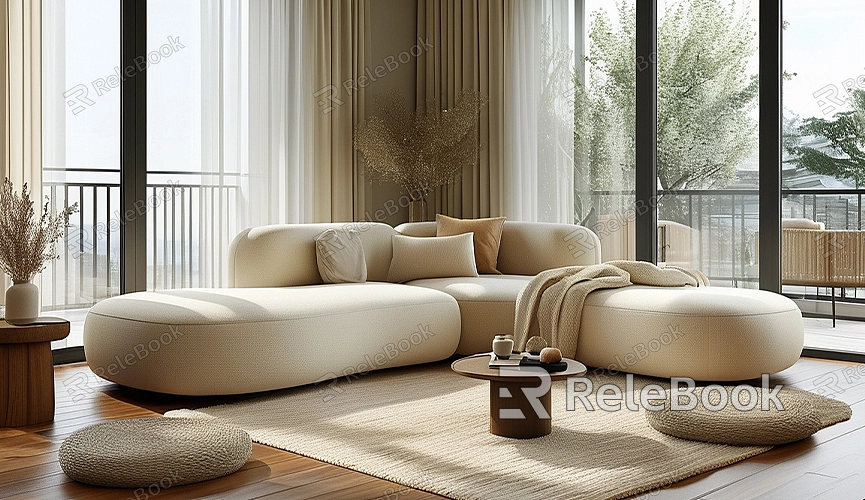How to get high quality render blender
Blender, as a powerful open-source 3D modeling and rendering software, is beloved by many designers and artists. When creating 3D models and scenes, achieving high-quality rendering is crucial as it significantly enhances the visual appeal of your work. This article will introduce how to optimize settings and employ various techniques in Blender to achieve high-quality rendering results.
Choose the Right Render Engine
Blender offers two main render engines: Eevee and Cycles. Eevee is a real-time render engine suitable for quick previews and animation production, while Cycles is a path-tracing render engine capable of delivering more realistic lighting and shadow effects. For high-quality static renders, it's recommended to use the Cycles render engine.

Configure Render Settings
After selecting the Cycles render engine, you can optimize rendering quality through the following settings:
- Sampling: Higher sampling values improve rendering quality but also increase rendering time. Adjust the "Samples" option in the "Render Properties" panel; consider using 128 or higher for final renders.
- Light Paths: Increasing light bounces enhances the realism of lighting effects. Adjust the maximum and minimum light bounces in the "Light Paths" section; typically, setting the maximum bounce between 8 to 12 is recommended.
- Denoiser: Blender includes a built-in denoiser, which can be enabled in the "Render Properties" panel. The denoiser significantly reduces noise in images, improving clarity.
Use High-Quality Materials and Textures
Materials and textures are crucial factors determining rendering quality. In Blender, utilize the node editor to create complex material effects. Using high-resolution texture images can notably enhance rendering quality. For extensive high-quality 3D textures, HDRI, or 3D model downloads, consider sourcing them from Relebook for seamless integration into your projects.
Optimize Lighting Setup
The configuration of lighting directly impacts rendering outcomes. Using a combination of various light sources enhances the depth and realism of scenes. Common light source types include:
- Point Lights: Simulates light bulbs or small light sources.
- Directional Lights: Simulates sunlight or directional light sources.
- Ambient Lights: Uniformly illuminates the entire scene.
Properly adjust the position, intensity, and color of light sources to create vivid and realistic scenes. Additionally, utilize HDRI images as environmental light sources for natural panoramic lighting effects.
Set Camera Parameters
Camera settings are also crucial for rendering quality. Adjust focal length, depth of field, and exposure to optimize rendering effects. In Blender, select the camera object and configure settings in the "Object Data Properties" panel. Appropriate camera parameters enhance the visual impact and artistic effect of your work.
Post-Processing
After rendering, utilize Blender's compositor for post-processing. Post-processing can further enhance image quality and add special effects. For example, adjust overall color tones with color correction nodes, add depth of field effects with blur nodes, or enhance halo effects with glow nodes. Effective use of post-processing can elevate your work to a professional standard.
Use GPU Rendering
If your computer is equipped with a high-performance GPU, consider using GPU rendering. In Blender's "Preferences," under "System," select your GPU in the "Compute Device" options. GPU rendering is significantly faster than CPU rendering, especially when handling complex scenes and high sampling counts.
Save High-Quality Images
When saving rendered images, consider specific settings. After selecting "Render Image" from the "Render" menu, choose "Save" in the "Image" menu. It's advisable to save images in PNG or EXR formats, as these formats support lossless compression and high dynamic range, preserving more detail and color information.
By choosing the right render engine, optimizing render settings, using high-quality materials and textures, configuring lighting and camera parameters, performing post-processing, and leveraging GPU rendering, you can achieve high-quality rendering results in Blender. For access to high-quality 3D textures, HDRI, or 3D model downloads, consider downloading them from Relebook for direct integration into your projects.

